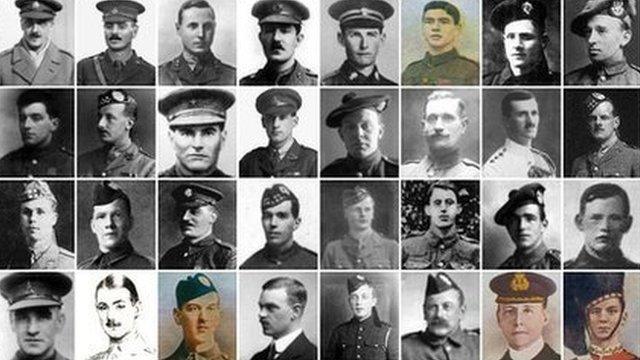The piper who won the Victoria Cross
- Published
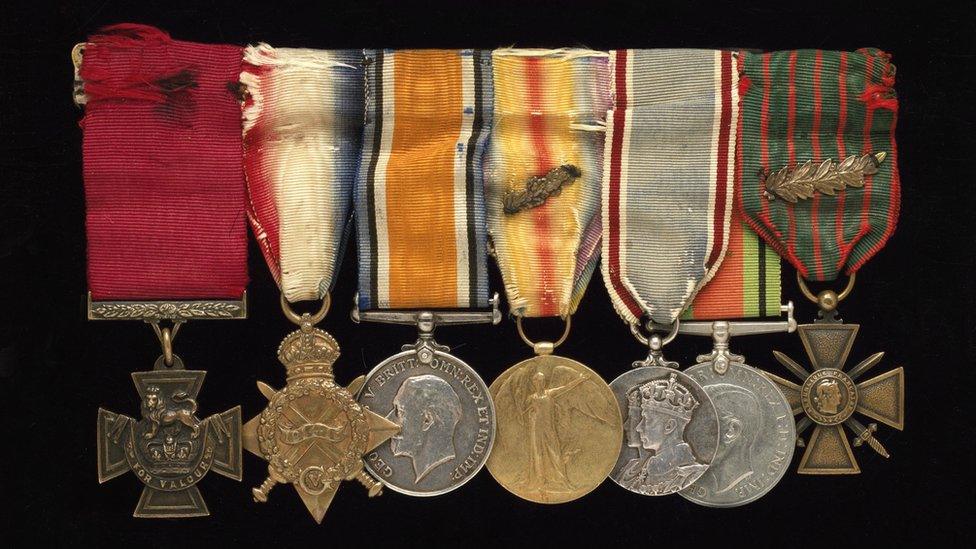
Laidlaw's medals were given to the National Museum of Scotland
Piper Daniel Laidlaw won the Victoria Cross for his actions at The Battle of Loos, the largest British battle on the Western Front in 1915.
The attack on the village of Loos in northern France, on 25 September 1915, was the first time the British had used poison gas.
"The gas was released from cylinders for about 20 minutes to half an hour," says Piper Laidlaw's great-grandson Kevin Laidlaw.
"The critical thing was that the weather changed so the gas, instead of going out to the battlefield, it was actually coming back into the trenches and gassing the allied soldiers.

Piper Laidlaw (L) died in 1950
"In those days, as you can imagine, they would have very primitive gas masks.
"Nobody wanted to go over the top so the line didn't move."
According to Kevin Laidlaw: "A Lieutenant Young shouted 'for God's sake Laidlaw, do something'. So he struck up his pipes and went over the top playing Blue Bonnets Over The Border.
"It was only then that the line started to move and the men went over the top."
Piper Laidlaw's Victoria Cross commendation cites "most conspicuous bravery" prior to an assault on German trenches near Loos.
It says: "During the worst of the bombardment, Piper Laidlaw, seeing that his company was badly shaken from the effects of gas, with absolute coolness and disregard of danger, mounted the parapet, marched up and down and played company out of the trench.
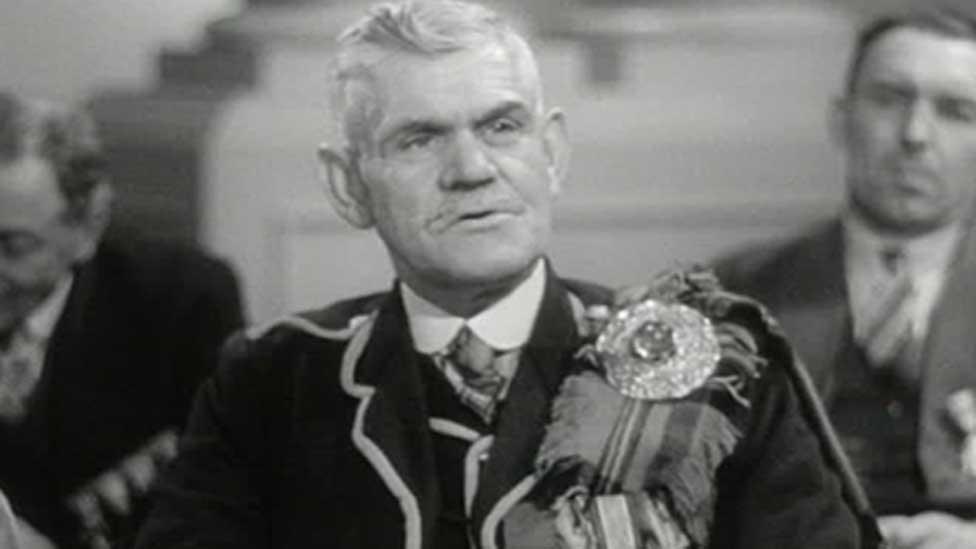
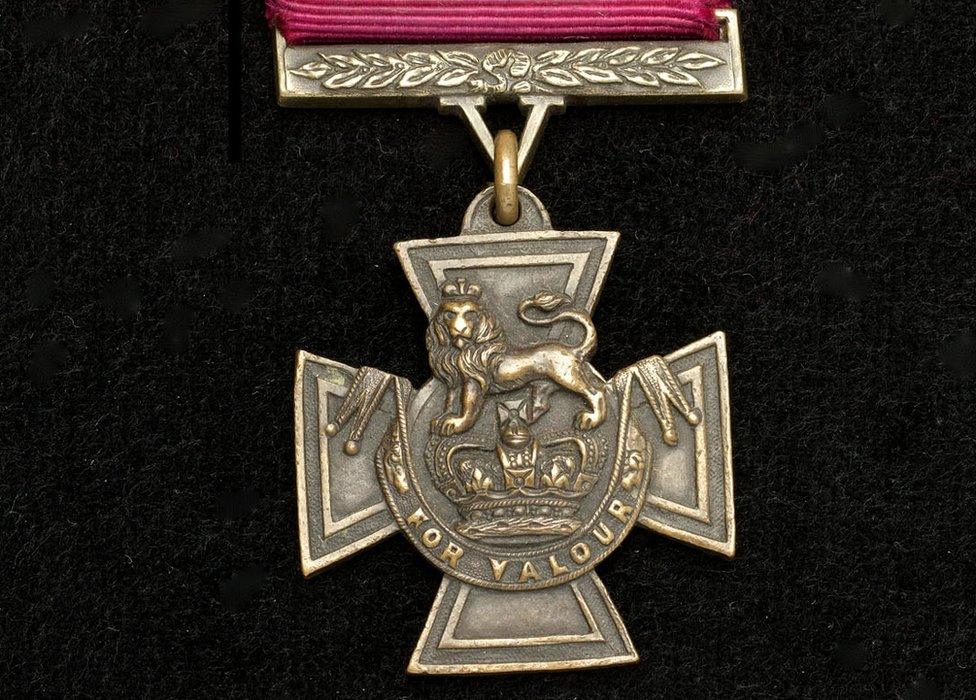
"The effect of his splendid example was immediate and the company dashed out to the assault. Piper Laidlaw continued playing his pipes until he was wounded."
Piper Laidlaw was born at Little Swinton in Berwickshire in 1875 and had been in the Army throughout his 20s and 30s, serving in India.
When World War One broke out he re-enlisted in The King's Own Scottish Borderers and by 1915 he was 40 years old.
Dr Stuart Allan, principal curator of the Scottish Late Modern Collections at the National Museums of Scotland, says: "The soldiers around him would have been on average in their early 20s, some of them even younger. So he was an old hand.
Dr Allan says Piper Laidlaw's Victoria Cross is "quintessentially Scottish".
He says: "That idea of the wounded piper continuing to play is an archetype in the Scottish military tradition. It was traditional and it was expected that, if required, a piper would play.
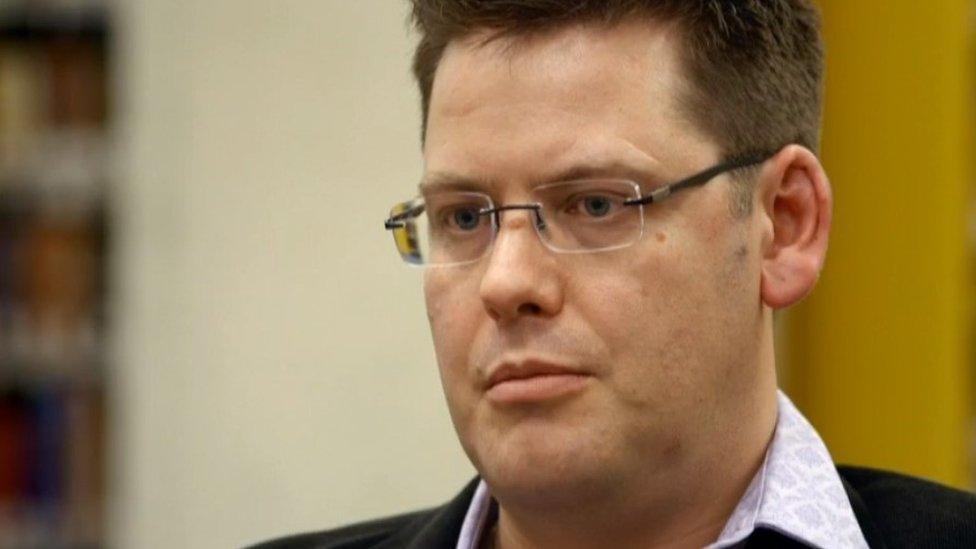
Piper Laidlaw's great-grandson Kevin is also a piper
"Getting the piper to play was a way of getting people's minds out of that state of fear and confusion.
"Clearly pipe music in that context is stirring but it is also familiar. It's that sense you are with your own people. You are not on your own."
An estimated 30,000 Scots from 45 battalions fought at the Battle of Loos and about 7,000 were killed.
Piper Laidlaw's great-grandson Kevin, a piper himself, says: "I feel brave standing at the World Championships at Glasgow Green - and nobody is shooting at you there.
"I think you have to remember that the Germans were firing at you with machine guns, raking inches of the ground. To go over the top armed with just a set of bagpipes must have taken a lot of courage."
Ultimately, the Loos offensive ended in failure despite a promising start.
Dr Allan says: "The attacks on the first day, although there were heavy losses, were actually successful and they advanced right through the positions and he went with them.
"It was as he moved towards the German line that he was hit by shrapnel and they carried on and they took their objectives.
"However, the offensive it was part of was not successful. The gains made on the first day were not sustainable and they ended up back where they'd started."
Kevin Laidlaw went to Loos in 2005 for the 90th anniversary of the battle.
He says: "I stood out and played The standard on the Braes o' Mar which was the regimental charge of the Kings Own Scottish Borderers, which was the tune he went into after the Blue Bonnets.
"Then three of us marched up the road playing the Blue Bonnets."
Mr Laidlaw and his father then handed the piper's medals to the National Museum of Scotland.
He says: "It was very proud, but emotional, in the sense that people lost their lives... The sun was shining there was a wee bit of a breeze, perfect conditions for piping. On 25 September 1915 the weather wasn't quite a good and it would just be gunfire, shells, it would just be absolutely horrendous."
Dr Allan went to receive the medals on the battlefield. It was the first time he had seen them.
He says: "The first thing that struck me is that they are well-worn. Sometimes you see medals displayed and all the ribbons have been replaced and they have been all spruced up. These have something of the man about them."
Piper Laidlaw died in 1950, at the age of 75.
Kevin Laidlaw says: "He played every year at the cenotaph. I have a photo of him with my grandfather and he's looking at all the wreaths at the cenotaph and Piper Laidlaw is looking on.
"It is quite an emotive picture because you have to wonder what is going through his mind. What horrors did he see? And behind him the crowd. What is going through their mind about the horrors of war?"
- Published9 November 2014
